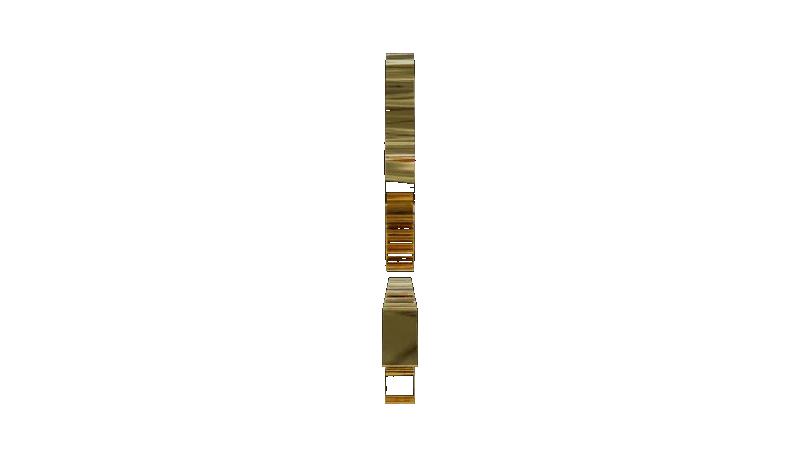Covington, La
Covington, Louisiana, a charming town on the north shore of Lake Pontchartrain, was founded in 1813 by John Wharton Collins. Initially named Wharton, it was later renamed Covington, possibly in honor of General Leonard Covington, a hero of the War of 1812. Its strategic location near rivers and pine forests established Covington as a hub for trade and industry, particularly in lumber and brick manufacturing, driving its growth throughout the 19th century.
Architectural and Roofing Evolution
Covington's architecture reflects its historical roots and geographic influences. In its early years, the town's buildings were primarily constructed with locally sourced materials, such as abundant pine and brick. The first structures were simple Creole cottages, characterized by raised foundations, broad porches, and wood-shingled roofs designed to cope with the local climate and frequent flooding.
As Covington prospered, more elaborate architectural styles emerged. Greek Revival and Victorian styles became prevalent in the mid to late 1800s, showcasing ornate details like columns, decorative trims, and gabled roofs. The roofs during this period often featured slate or metal, providing durability and fire resistance.

